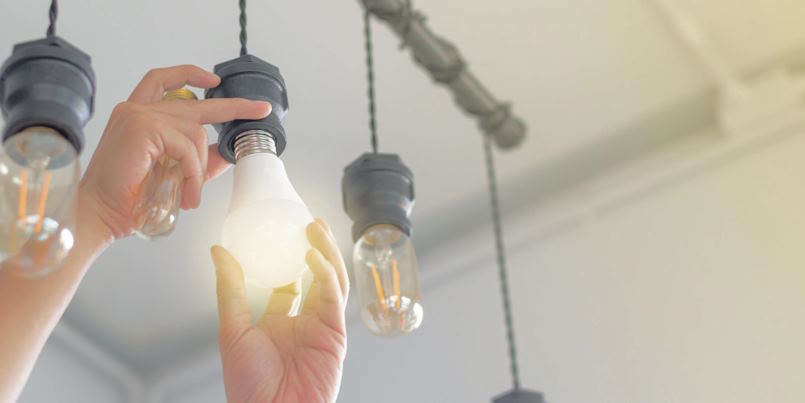Let’s begin by saying that energy conservation plays a crucial role in schools and educational institutions, not only in reducing operational costs but also in fostering a sustainable learning environment. By implementing energy-saving measures, educational institutions can positively impact the environment, instill eco-consciousness in students, and free up resources for educational purposes.
In what way can we provide energy conservation in Schools and Educational Institutions?
Providing energy conservation in schools and educational institutions requires a comprehensive approach that involves various stakeholders, including administrators, staff, students, and facility management. Here are some effective strategies and practical steps to implement energy conservation measures in educational settings:
Conduct an Energy Audit
Begin by assessing the current energy usage of the school. Conduct an energy audit to identify areas of high energy consumption and opportunities for improvement. This evaluation will provide valuable data to guide your conservation efforts.
Optimize Building Design
Ensure that the school’s buildings are designed with energy efficiency in mind. Use sustainable construction materials, implement proper insulation, and consider factors like natural lighting and ventilation to reduce the need for artificial lighting and excessive HVAC usage. These materials help reduce heat transfer, minimizing the need for excessive heating or cooling.
Upgrade Lighting Systems
Replace traditional incandescent bulbs with energy-efficient alternatives such as LED lights. Install motion sensors, timers, or daylight sensors to control lighting and reduce energy wastage in unoccupied areas automatically.

Efficient Heating, Ventilation, and Air Conditioning (HVAC)
Regularly maintain HVAC systems to ensure they operate efficiently. Set temperature controls appropriately and consider zone-based heating and cooling to optimize energy usage.
Encourage Energy-Saving Practices
Educate students, teachers, and staff about energy-saving practices. Encourage them to turn off lights, computers, and other electrical devices when not in use. Promote responsible use of heating and cooling equipment and encourage using natural ventilation whenever possible.
Embrace Renewable Energy
Explore opportunities to integrate renewable energy sources into the school’s energy mix. Install solar panels or consider joining local green energy initiatives. It reduces carbon emissions and serves as an educational tool for students to learn about sustainable energy practices.
Incorporate Energy Conservation into the Curriculum
Integrate energy conservation concepts into the curriculum. Encourage projects and initiatives that involve students in monitoring energy usage and proposing innovative solutions.
Monitor and Evaluate Progress
Continuously monitor and analyze energy consumption data to evaluate the effectiveness of implemented measures. Set targets for energy reduction and track progress over time. Regularly communicate progress and achievements to the school community to maintain motivation and engagement.
Foster a Culture of Sustainability
Create a culture of sustainability within the school community by celebrating achievements, recognizing individuals or groups for their contributions to energy conservation, and encouraging ongoing participation and innovation.
Remember that energy conservation saves costs and serves as a valuable educational tool, empowering students to become responsible stewards of our planet’s resources.
